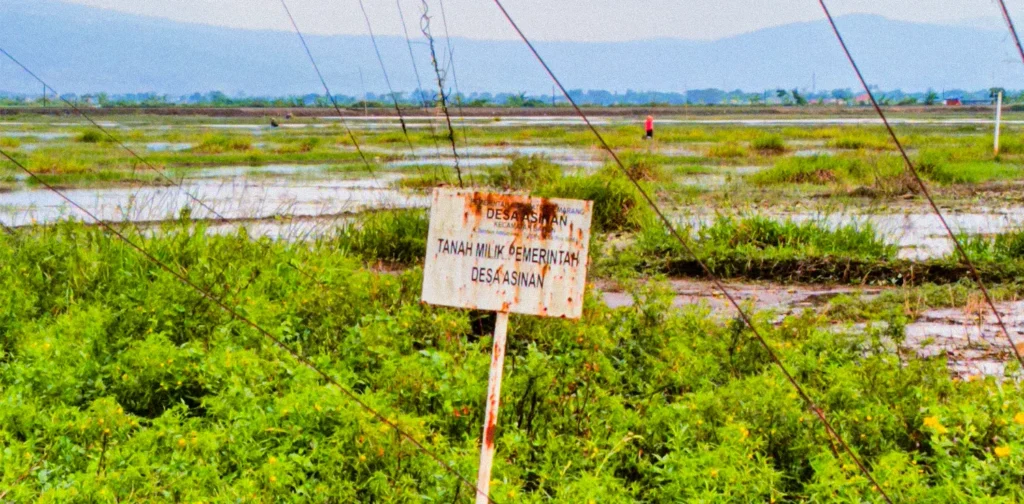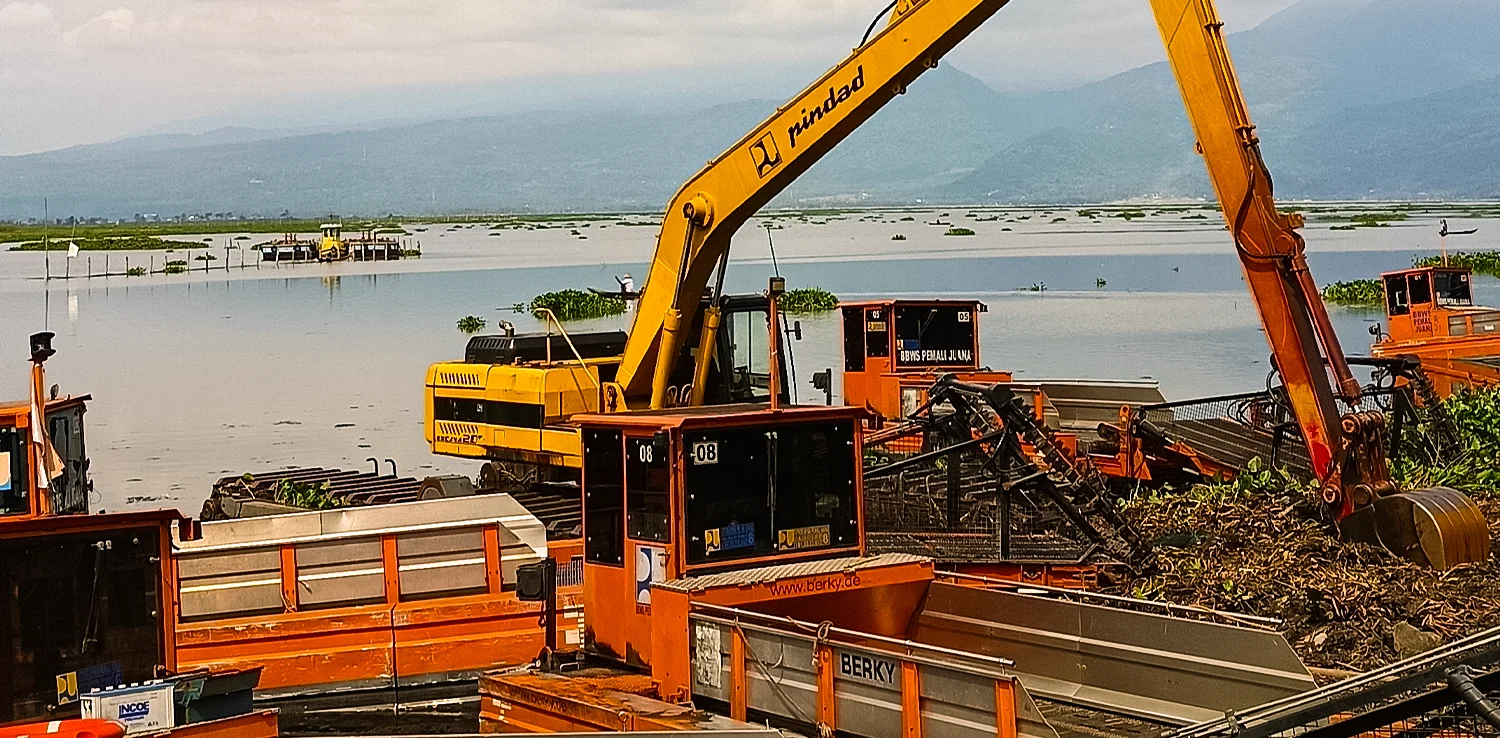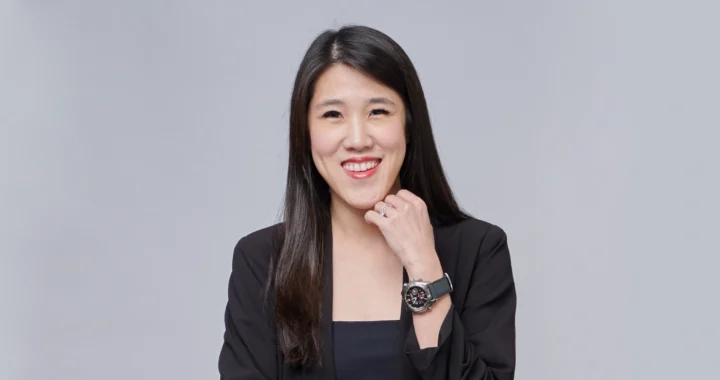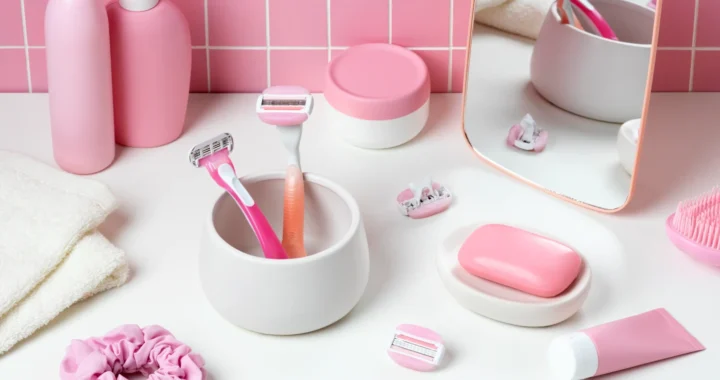The Revitalization of Rawa Pening and the Struggle to Balance People and the Planet

Photo: Fahran Wahyudi.
To the people of Asinan Village in Central Java, Indonesia, Rawa Pening is more than just a lake. For decades, its waters had irrigated rice paddies and sustained small-scale fisheries, supporting the livelihood of surrounding villagers. Even the invasive water hyacinths in it were transformed into handicrafts by local artisans.
Sadly, Rawa Pening is no longer as it used to be. The wetland ecosystem has been showing signs of degradation due to sedimentation build-up, invasive weeds, and pollution. Then, in 2021, the government launched a revitalization project for Rawa Pening as part of a national priority program to rescue critical lakes.
The project involves dredging sediment and removing the invasive water hyacinths to restore the lake’s water storage capacity. These efforts should prevent flooding as well as secure clean water supply and hydropower potential. In principle, these goals are important to preserve the lake’s ecological function and support long-term sustainability. In reality, however, the process is far from painless for the local communities.
Flooded Fields & Seized Lands
I was part of a research team that looked into how the Rawa Pening revitalization project has impacted the people of Asinan Village, one of the villages near the lake. During the research, our team talked to the villagers and learned of their struggles and issues surrounding the project.
The reality is concerning. The people of Asinan Village have been facing severe flooding due to the closure of the Tuntang sluice gate. It has left nearly 2,000 farmers in 14 surrounding villages unable to cultivate around 500 hectares of land. Mr. Pariyono, one of the farmers in Asinan Village, said that his rice fields had been submerged for three consecutive years, leading to repeated crop failures.

Moreover, as part of the revitalization project, the government has created new lake boundary markers around Rawa Pening that cut across people’s homes and rice fields—all without notice. According to Mr. Suwandi, a smallholder farmer whose rice field had long been certified land, wooden and iron stakes suddenly appeared in his farmland without any prior consultation. Residents were shocked to learn that their legally certified lands were now considered part of the state-owned buffer zone. Later, these markers were used as reference points for dredging works, again without involving landowners.
For Rawa Pening and the People
From economic harm to psychological stress, the people who live around Rawa Pening have been through a lot. In general, residents we talked to agree that the lake must be restored, but they demand fairness and transparency in how the revitalization project is carried out. Some of them stated that they firmly oppose the expansion of the lake boundary, which would seize even more of their farmlands.
Meanwhile, the Rawa Pening Farmers’ Forum (FPRPB) has three demands. One is to revoke the government decree that has led to rising water levels and flooding. They also demand the government to compensate farmers for three years of lost harvests and guarantee that villagers can continue cultivating twice a year on the fertile lakeside soil.
In the face of this struggle, the spirit of solidarity in Asinan Village has become a vital force. Farmers and fishers have unfurled banners rejecting the revitalization project along the main road. They have also written letters, staged demonstrations at local and provincial offices, and even brought their case to national forums. The villagers support one another in organizing protests and sharing information across neighborhoods.
The people of Asinan Village and their allies remind us that community participation is key. Ultimately, revitalizing Rawa Pening should go hand in hand with social justice, which involves inclusive participation from the communities it affects the most. Only through open dialogue, fair compensation, and respect for local wisdom can revitalization truly heal the Rawa Pening’s ecosystem without sacrificing the people who call it home.
Editor: Nazalea Kusuma

Join Green Network Asia Membership
If you find this content useful, support Green Network Asia’s movement to create positive impact for people and the planet through public education and multi-stakeholder advocacy on sustainability-related issues and sustainable development. Get exclusive benefits for your personal and professional development.
Become a Member NowFahran Wahyudi
Fahran is a volunteer, social researcher, and community organizer with experience in the construction industry and alternative education. He is passionate about sustainable development, community empowerment, and diplomacy.


 Sounds Right and Recognizing Nature as an Artist for Biodiversity Conservation
Sounds Right and Recognizing Nature as an Artist for Biodiversity Conservation  Statewide Treaty Bill: Australia’s First Treaty with the Indigenous Australians Passed in Victoria
Statewide Treaty Bill: Australia’s First Treaty with the Indigenous Australians Passed in Victoria  Involving Coastal Communities in Tackling Ghost Nets Pollution
Involving Coastal Communities in Tackling Ghost Nets Pollution  An Interview with Jasmin Lim, Chief Marketing Officer at BH Global
An Interview with Jasmin Lim, Chief Marketing Officer at BH Global  The Monsoon Wind Power Project Supports Energy Transition Across Borders in Southeast Asia
The Monsoon Wind Power Project Supports Energy Transition Across Borders in Southeast Asia  Revealing the Pink Tax and The Cost of Being a Woman
Revealing the Pink Tax and The Cost of Being a Woman